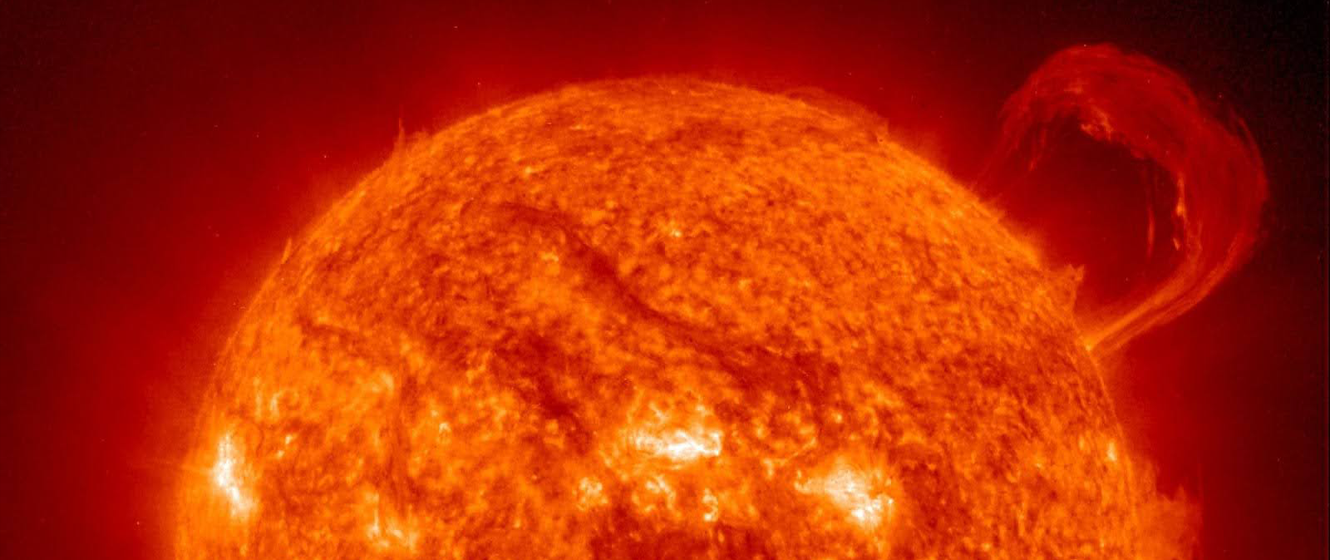
For those looking to do solar imaging, whether it be general or if you’re prepping for the upcoming solar eclipse, you might be using an equatorial mount. Aligning an alt-azimuth mount in the day is easy; simply slew or point to the Sun, and you’re done! However, this does introduce problems if you’re looking to photograph the Sun over a long period of time (like during a solar eclipse), so many prefer an equatorial mount. This is due to “Field of View” rotation that occurs as the mount and telescope tracks the sky in altazimuth mode.
But how do you polar align during the day? There are a few different ways to do this. If you’re tracking the Sun, you don’t need a perfect polar alignment - you can be off as much as 3-4 degrees and still get a good track of the Sun over the span you need. First, you need to try to get your mount as level as you can, as being level will help dial in the accuracy of your daytime polar alignment by ensuring your compasses, smartphones, etc., are all level and as accurate as possible.
Next, get your compass out. You can either use a general compass or use the one that is on your smartphone. However, if you do use a smartphone, put it in airplane mode - the signals from your cellular carrier or WiFi can mess up the smartphone’s internal compass, causing it to be off. A real compass will always be correct, provided you are not near some sort of magnetic disturbance. This will give you the magnetic north, however you still need to find the true north. How do we find that? You need to factor in your magnetic declination.
For example, let’s say at your location you know the magnetic declination is 10 degrees east. Since you know that the magnetic north is to the east of true north, you would adjust the compass by rotating it counter-clockwise 10 degrees. This will give you the azimuth of true north on the compass. Now place your mount on the ground aligned to the location of true north as given by your compass with the magnetic declination factored in. Then, adjust the latitude on your mount to match the latitude of the observer. You will now be roughly polar aligned and able to track the sky with a fair degree of accuracy, or at least accurate enough for most solar photography needs.

If your mount has a GoTo functionality, it is possible to take advantage of that to align with the Sun to achieve a higher degree of polar alignment accuracy. First, repeat the steps you performed earlier to achieve a rough polar alignment (you can even skip the step for magnetic declination if you’re okay with taking a longer time to dial in your alignment). Then, command your mount to slew to the Sun. You will note that the Sun will not be centered and, in fact, might not even be in the field of view, depending on your focal length. This is okay! The discrepancy in positioning is your polar alignment error.

Now, all you have to do is get the sun in the center of the field of view by adjusting your mount’s altitude and azimuth knobs. Do NOT adjust the position of your mount with your hand controller. Only adjust your mount’s knobs like you would for a normal polar alignment. Once centered, you have aligned with the celestial north pole! Perform another GoTo command to verify alignment, and once that is done and the Sun returns to the center of the field of view, you are ready to go! You may have to perform this step a few times, depending on the degree of error.
For all you solar imagers out there, especially those gearing up for events like the solar eclipse, getting your equatorial mount aligned properly is incredibly important. While alt-azimuth mounts offer simplicity in daylight alignment by pointing directly at the Sun, they introduce challenges for prolonged solar photography due to field of view rotation. Achieving daytime polar alignment demands precision, but it's feasible with simple tools like a compass or smartphone. Correcting for magnetic declination ensures accurate alignment with true north, essential for tracking celestial objects effectively. Advanced techniques, like leveraging GoTo functionality, offer even better alignment accuracy, refining adjustments for optimal solar imaging performance. By mastering these alignment methods, you photographers can capture stunning solar images with confidence and precision!

Learn More
Interested in learning more about astronomy and astrophotography? Not sure where to begin? Check out our Astronomy Hub!











